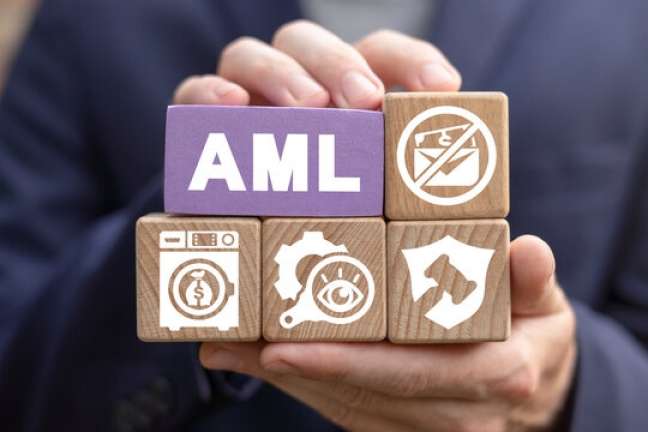Exploring These Components, Their Uses, and More
Crystal oscillators are one of the commonly used and accepted timing solutions that engineers work with. Used across many industries and product lines, these components are versatile and effective. Some of the common products that have crystal oscillators in them include microprocessors, computers, medical equipment, watches and timepieces, receivers, radios, cell phones, transmitters, and much more.
Quartz crystal oscillators are the preferred choice for many engineers over other common resonators. Some of the others include Hartley oscillators, dynatron oscillators, and RC oscillators. The continuous waveform that keeps a stable frequency places quartz crystal oscillators at the top of the wish list for engineers and manufacturers.
In addition to other factors, the crystal used to create these oscillators provides a more reliable, accurate, and stable frequency. Overcoming common disruptions like temperature and load variations, to keep a single, strong, specific, and stable frequency.
Why Crystal Oscillators?
The one major advantage that drives the usage of crystal oscillators is the precision and consistency of the frequency control they provide. Without any input to generate a frequency, the oscillator provides and maintains the needed frequency for the systems in which it is installed. The secret is in the quartz crystals.
Quartz crystal oscillators are designed with small and thin pieces of quartz; these function as the “crystals” of the component. Metalized on both sides, these crystals allow for electrical connections through the circuit as well. The size and thickness of these pieces of quartz are very delicate. Even the smallest changes and differences have an effect on the behavior of the crystal and, in turn, the oscillator. This is why the crystals are very specific and once they are designed and shaped for a certain frequency, they cannot be used for any other frequency output.
Another distinguishing characteristic of these crystals and their utility across industries is their reaction when exposed to electricity. Quartz crystals undergo electrostriction when introduced to an electric field, in other words, the crystals change shape in these conditions. It is nice to have the quartz crystals in their places because they provide a small electric charge when electricity is cut off to the circuit. This allows for continuous time-keeping that wouldn’t occur with other oscillators.
What Industries Use Crystal Oscillators?
Many engineers settle on crystal oscillators in their circuits because of their time-keeping consistency. The computer industry is one of the biggest users of quartz crystal oscillators, utilizing the accuracy and stability these components are known for. These characteristics make these oscillators well suited for microprocessors, microcontrollers, and PICs. Companies like Apple, Microsoft, and Dell are some of the most popular users of these components.
Looking at the automobile industry, it will be hard to find a modern automobile that doesn’t have a system that includes a crystal oscillator. Many features and safety systems in automobiles require frequency stability, so the crystal oscillator is a perfect addition. Other examples of systems and functions in automobiles that utilize the timekeeping and stability benefits of crystal oscillators include:
- Airbags
- Tire pressure monitoring system
- Anti-locking systems
- Brake controls
With microprocessor-based systems dominating the modern automobile space, it can be argued that quartz crystal oscillators are no longer a luxury, but a necessity for proper function.
After highlighting so many time-keeping and consistency features and benefits, it is only right to highlight the crystal oscillator being used in clocks, watches, and other time-keeping devices. Since 1970, these quartz-based components have provided unmatched precision in time-keeping devices and, as the uses and benefits expand, it is only reasonable to expect this to continue for years to come.
Just How Popular Are These Oscillators?
Recent market data on the crystal oscillator market suggests some large growth. In fact, by 2025, it is expected to have a market larger than $3 billion! Expected to grow 2.1 percent each year between 2020 and 2025, this market is leaning on growth in many different industries. For example, one of the largest reasons for growth is the increased acceptance of advancing automobile technology. New generation vehicles, including electric and self-driving, are seeing substantial growth, so the components needed for their proper function will naturally see similar demand.
Another development that will aid this growth is the widespread adoption of 5G/LTE cellular networks. Deploying these networks requires the use of crystal oscillators, so this market will continue to drive demand for the components as more consumer electronics are introduced on 5G and LTE networks. Read more on contentpond.















